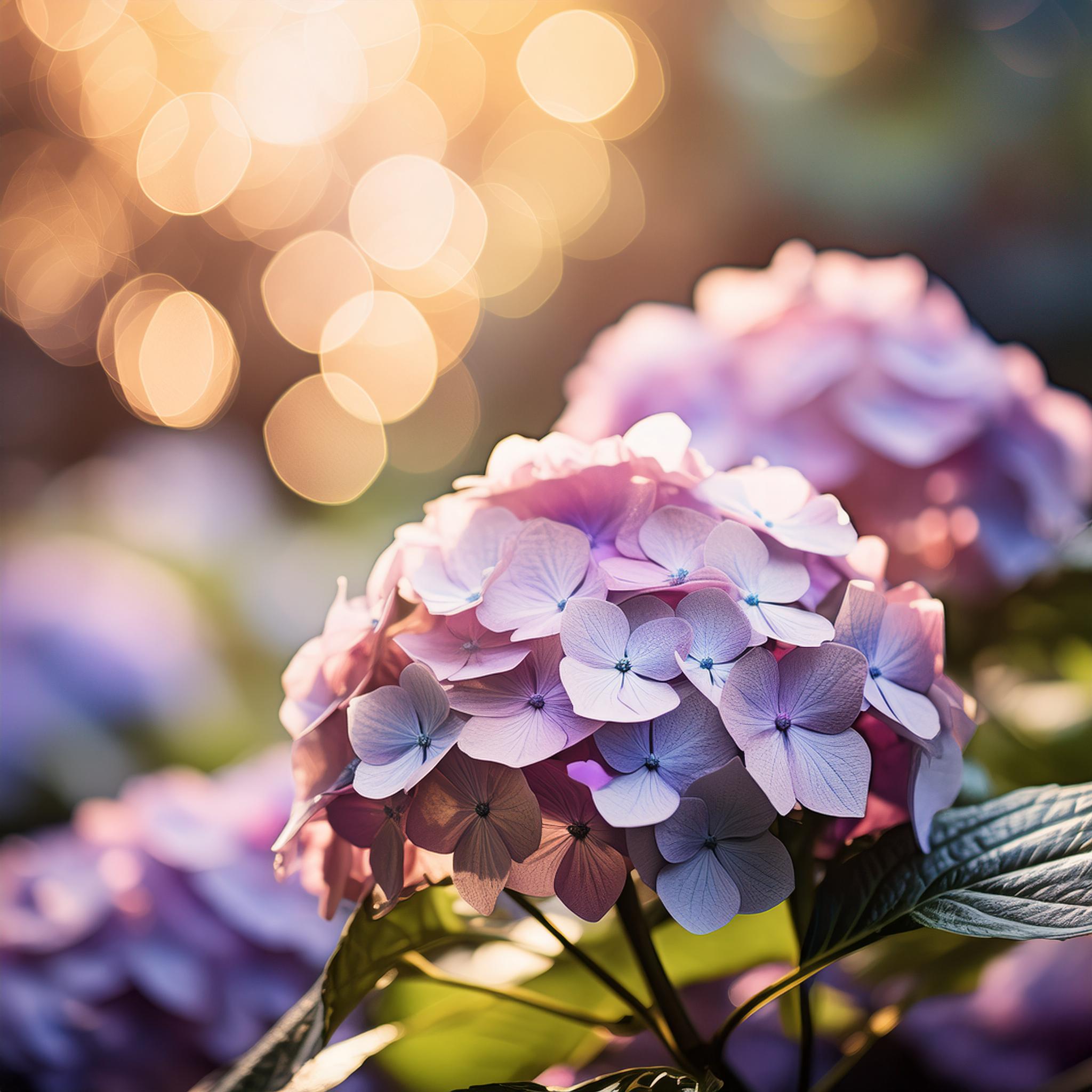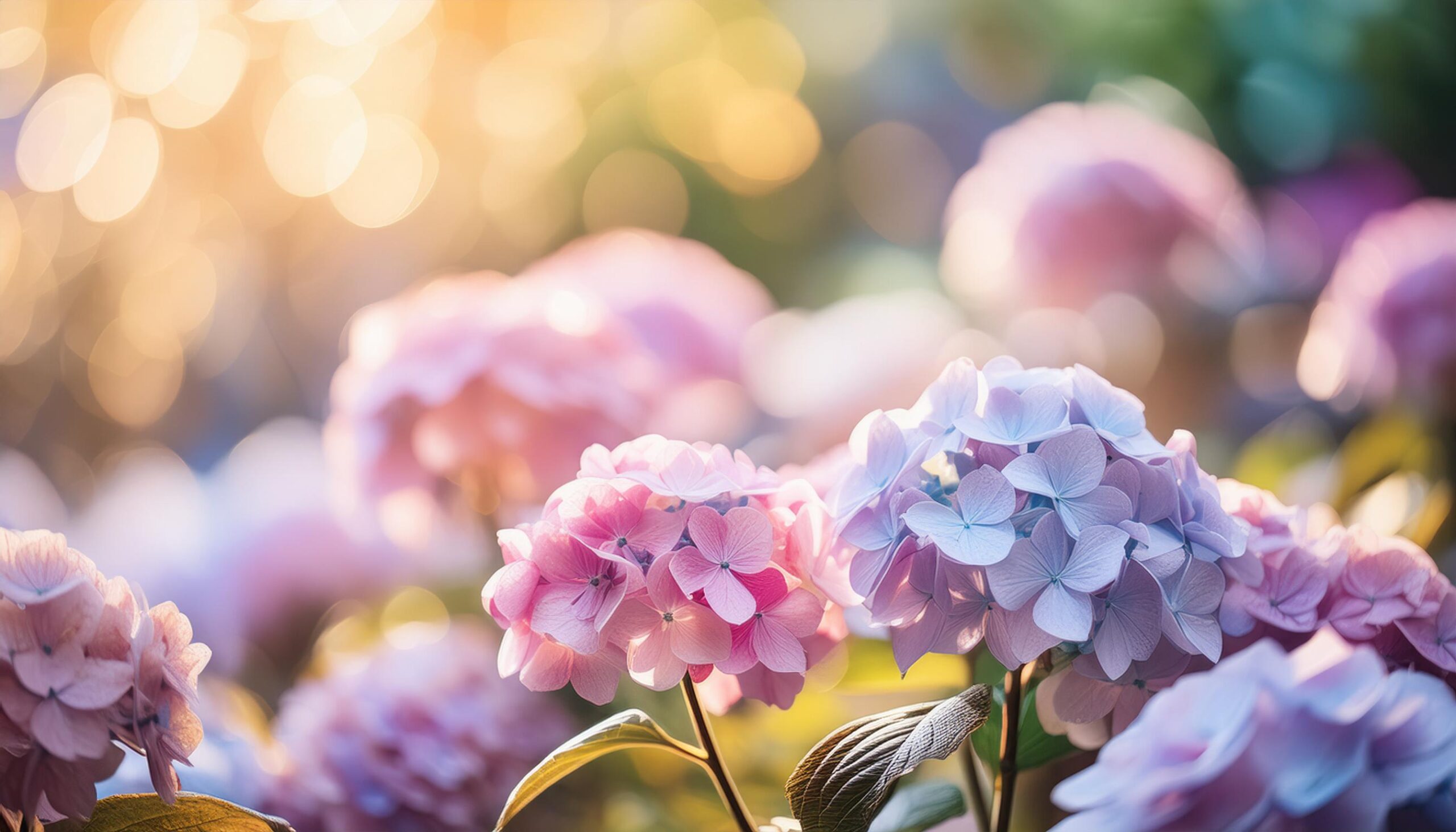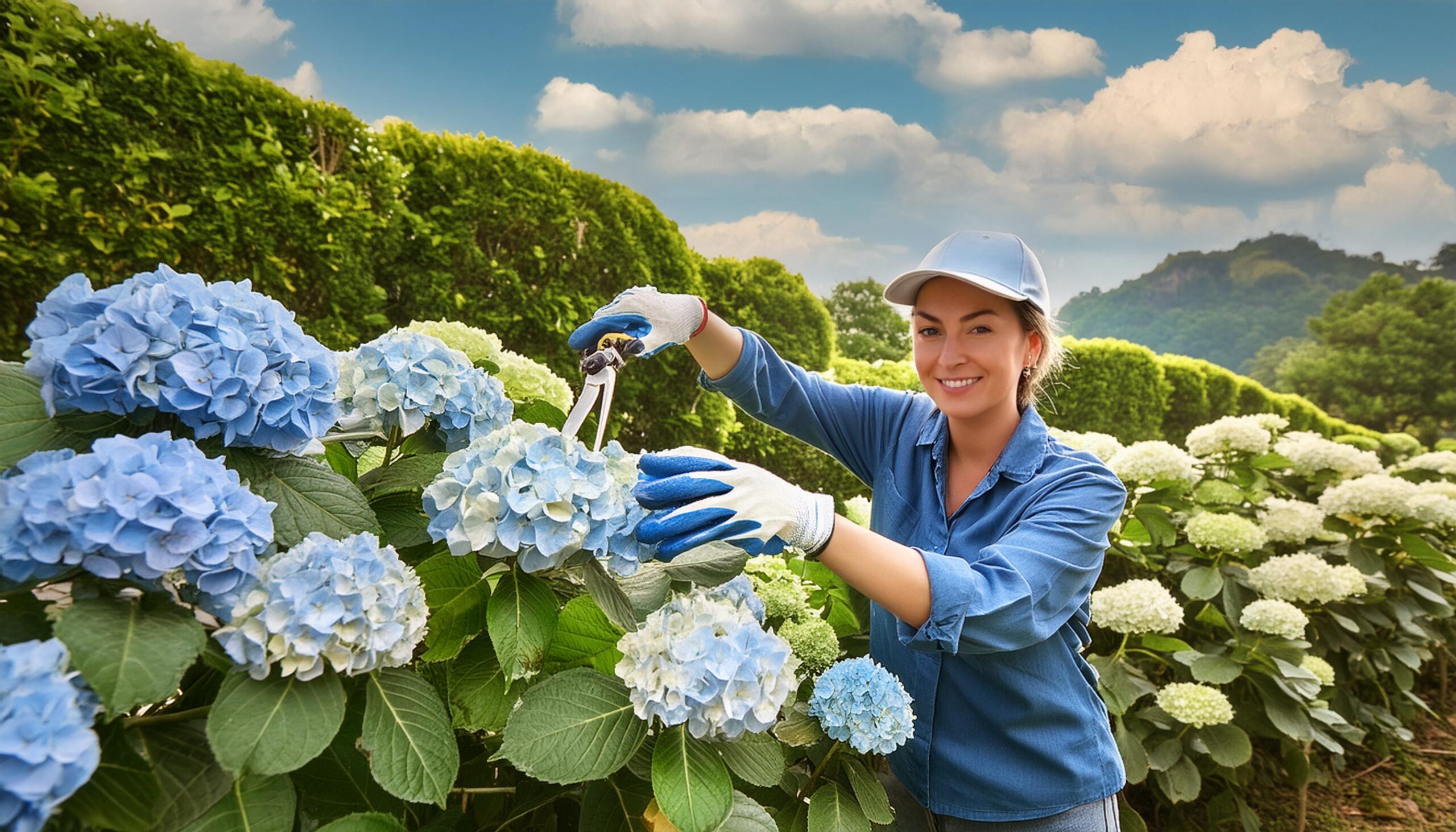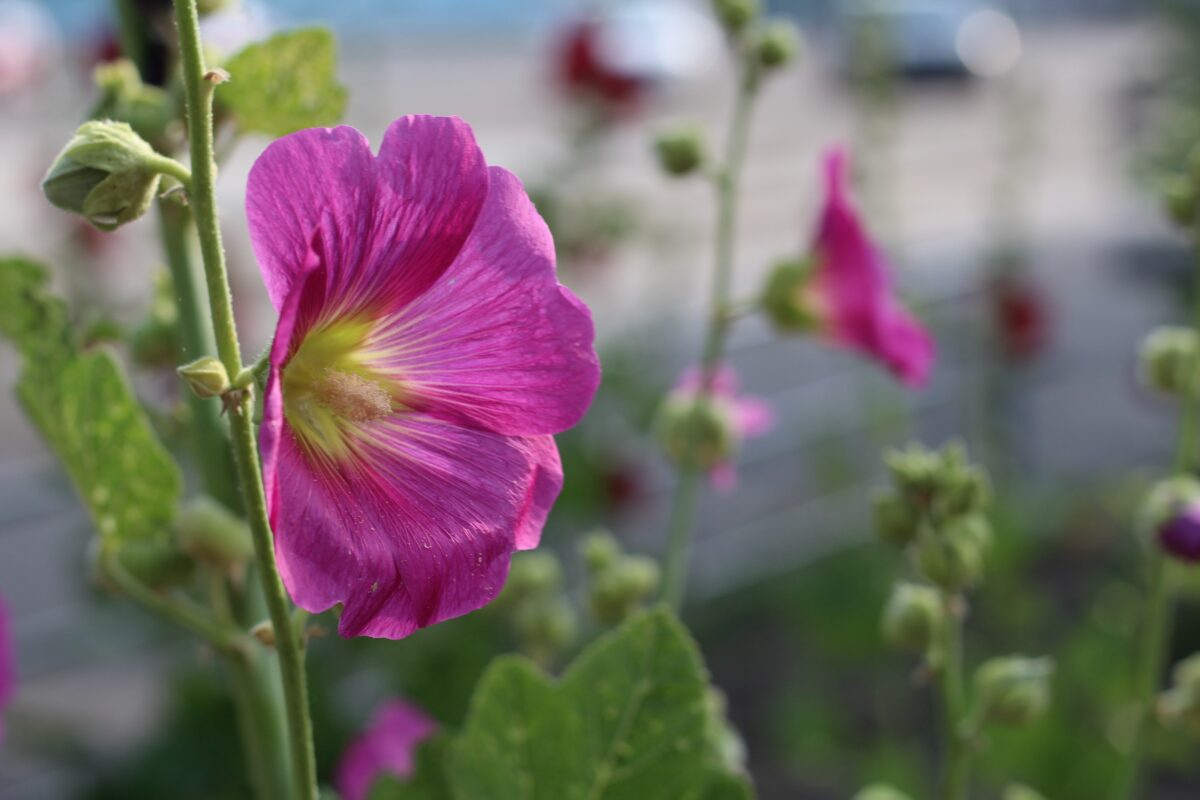-
Troppo Plant & Garden Articles
- Te Puke Region
- TROPPO’s Food Forest in Te Puke, BOP (www,foodforest.org.nz)
- Troppo’s Plant Collection
- TROPPO's Nursery Directory
- Food Forests of New Zealand (www.foodforests.nz)
- Nursery Map - Plant Suppliers of NZ Directory (www.nurserymap.nz)
- Kids Garden Corner
- New Zealand Garden Bird Survey
- New Zealand Garden Groups
- Delicious Recipes
Should You Be Deadheading Hydrangeas? Here’s What an Expert Recommends

Hydrangeas are beloved for their stunning blooms and vibrant colors, making them a popular choice in gardens worldwide. However, many gardeners often wonder if they should be deadheading their hydrangeas to maintain their beauty and health. To clarify this common gardening query, we’ve consulted with horticultural expert Dr. Emily Greene. Here’s her professional advice on deadheading hydrangeas.
#### What is Deadheading?
Deadheading is the process of removing spent or faded flowers from a plant. This gardening practice helps to redirect the plant’s energy from seed production to new growth and flowering. It can also enhance the plant’s appearance and encourage a longer blooming period.
 #### Should You Deadhead Hydrangeas?
#### Should You Deadhead Hydrangeas?
According to Dr. Greene, the answer depends on the type of hydrangea and your gardening goals. Here are her recommendations for different hydrangea varieties:
1. **Bigleaf Hydrangeas (Hydrangea macrophylla)**:
– **Deadheading Recommendation**: Yes, deadheading is beneficial.
– **Reason**: Bigleaf hydrangeas bloom on old wood, meaning the flower buds for the next season are formed on the previous year’s growth. By deadheading spent blooms just below the flower head, you can encourage the plant to produce more blooms and improve its overall appearance. However, avoid cutting too deeply into the stem, as this could remove next year’s buds.
2. **Panicle Hydrangeas (Hydrangea paniculata)**:
– **Deadheading Recommendation**: Optional.
– **Reason**: Panicle hydrangeas bloom on new wood, so deadheading is not strictly necessary for next year’s blooms. However, removing spent flowers can keep the plant looking tidy and may encourage a second flush of smaller blooms later in the season.
3. **Smooth Hydrangeas (Hydrangea arborescens)**:
– **Deadheading Recommendation**: Yes, it can be beneficial.
– **Reason**: Like panicle hydrangeas, smooth hydrangeas bloom on new wood. Deadheading can promote a tidier appearance and potentially lead to more prolific blooming.
4. **Oakleaf Hydrangeas (Hydrangea quercifolia)**:
– **Deadheading Recommendation**: Optional.
– **Reason**: Oakleaf hydrangeas also bloom on old wood. Deadheading can enhance the plant’s appearance, but be careful not to cut back too far and remove next year’s buds.
 #### How to Deadhead Hydrangeas Properly
#### How to Deadhead Hydrangeas Properly
Dr. Greene provides the following step-by-step guide for deadheading hydrangeas:
1. **Identify Spent Blooms**: Look for flowers that have faded or dried up. These are the blooms you want to remove.
2. **Use Clean, Sharp Tools**: Use a pair of clean, sharp pruning shears to make precise cuts and prevent damage to the plant.
3. **Make the Cut**: Cut just above the first set of healthy leaves or buds below the spent bloom. This encourages new growth and prevents damage to future flower buds.
4. **Dispose of Debris**: Remove the dead flowers from the garden to maintain a clean and tidy appearance. This also helps prevent the spread of any potential diseases.
5. **Observe the Plant**: After deadheading, keep an eye on your hydrangeas for new growth and additional blooms. This will help you understand how the plant responds to deadheading and adjust your care routine as needed.
#### Additional Tips from the Expert
– **Timing**: The best time to deadhead hydrangeas is during the growing season when flowers start to fade. For hydrangeas that bloom on old wood, avoid deadheading too late in the season to prevent removing next year’s buds.
– **Pruning**: Deadheading is different from pruning. While deadheading involves removing spent flowers, pruning involves cutting back stems to shape the plant or promote growth. Be sure to differentiate between the two practices and understand the specific needs of your hydrangea variety.
– **Plant Health**: Regularly check your hydrangeas for signs of disease or pest infestations. Healthy plants are more likely to produce abundant blooms and respond well to deadheading.
#### Conclusion
Deadheading hydrangeas can be a beneficial practice, enhancing the plant’s appearance and encouraging more blooms. By understanding the specific needs of your hydrangea variety and following expert guidelines, you can keep your garden looking vibrant and healthy. As Dr. Greene advises, “A little care and attention go a long way in maintaining the beauty of your hydrangeas. Happy gardening!”



